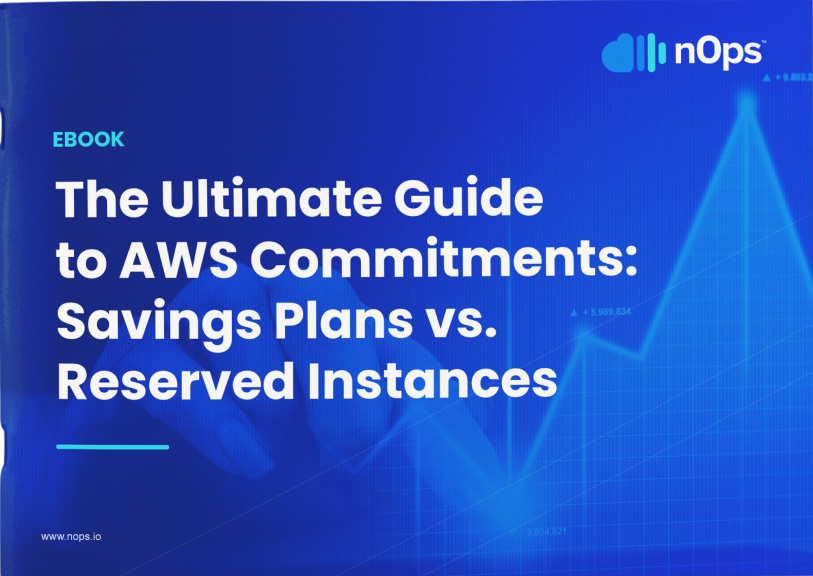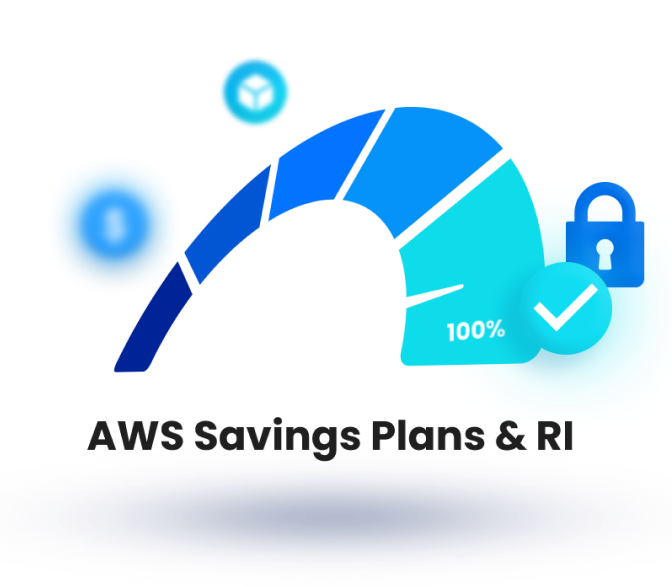- Blog
- Commitment Management
- On-Demand, Reserved, Spot, and Dedicated: Which Is the Best AWS EC2 Pricing Option?
On-Demand, Reserved, Spot, and Dedicated: Which Is the Best AWS EC2 Pricing Option?
Last Updated: May 2, 2024, Commitment Management
AWS offers various kinds of EC2 instances to help you rent space on its cloud. While there are various pricing models, the compute capacity doesn’t change. Therefore, each EC2 instance can help you access enough resources on the cloud.
Based on pricing models, you can have the following kinds of Elastic Compute Cloud:
- On-Demand Instances
- Reserved Instances
- Spot Instances
- Dedicated hosts
This article dives deep into these pricing models. We’ll examine the pros and cons of each pricing option. In addition, we’ll give the best use cases for each pricing option to help you choose the best one for you.
On-Demand EC2 Pricing
The price of On-Demand Instances varies with the demand of AWS compute capacity. Each AWS region will have different pricing options. On-Demand prices also vary with time. On-Demand allows you to pay for what you use.
Pros
- Users don’t have to commit.
- There’s no large upfront cost.
- It’s a flexible pricing option as you can leverage upcoming discounts.
Cons
- For long-term use, On-Demand bills will be higher compared with Reserved pricing.
Reserved EC2 Pricing
The Reserved pricing model is similar to On-Demand pricing. You receive a bill each month. Users commit to use AWS for one to three years. You can also specify the amount you’re willing to pay per hour for an instance. In addition, you have to estimate the resources you’ll need throughout the life cycle. AWS will reserve instances for future use based on your agreement.
Pros
- Ideal for scaling purposes
- Ideal for long-term use
- Cheaper than On-Demand provided you agree to a long-term commitment
Cons
- It’s difficult to estimate the exact number of resources you’ll need. You may end up underutilizing resources.
Spot EC2 Pricing
Spot Instances allow you to make good use of someone else’s unused capacity. For this reason, Spot Instances are usually cheaper. However, this model fluctuates, and there’s no stability. That’s why AWS recommends using them for testing purposes.
Pros
- They’re cheap.
- They are ideal for urgent tasks and short-term experimentation.
- They make good use of the cloud infrastructure by minimizing wastage.
Cons
Because of fluctuations, Spot Instances are unpredictable, and you cannot rely on them for advanced workloads.
Dedicated EC2 Pricing
The Dedicated EC2 pricing option applies when renting a VPC (Virtual Private Cloud). Unlike other EC2 types, you don’t share dedicated servers. Instead, they’re isolated for one-customer use. AWS bills by the number of instances used.
Pros
- It gives more control and visibility into your cloud infrastructure.
- You can avoid software licensing costs.
- There’s no clogging up of traffic on compute resources.
Cons
- It’s a pricey option.
AWS Savings Plans
AWS offers low-cost, flexible plans whereby users commit to paying a fixed rate for consistent usage. These plans are either for one year or three years. With Savings Plans, you will see a discounted rate charged for that period. You can choose between Compute, EC2 Instance, and Amazon SageMaker.
Pros
- It offers more flexibility as you can choose between the three different types of plans.
- You can sign up very easily.
- You can save a lot as long as your usage is consistent throughout the plan.
Cons
- You must have a consistent amount of usage. If you have any extra usage, you will see a charge for an On-Demand rate.
The Ultimate Guide to AWS Commitments

Which Is the Best EC2 Pricing Option?
There isn’t an outright EC2 pricing option. It all depends on your workload and business goals.
- If you don’t like making a huge upfront cost for a long-term commitment, use On-Demand Spot Instances. With On-Demand, you can run temporary processes on test environments.
- For reliable performance, use Reserved Instances. Reserved Instances give you good discounts for making long-term commitments. If you plan to fully adopt the cloud over a long period, use the reserved pricing option.
- For a temporary process that’s subject to interruption, use a generic Spot Instance.
- If you’re in a highly regulated industry and need a large compute capacity, choose dedicated hosts.
The Bottom Line
Choosing the right AWS pricing method can be challenging, given that each has its pros and cons. The best thing is to ensure the pricing model aligns with your workload and business model.
nOps, a certified AWS partner, has been helping AWS organizations manage costs. Regardless of your pricing model, nOps software can help you utilize your EC2 resources well.






